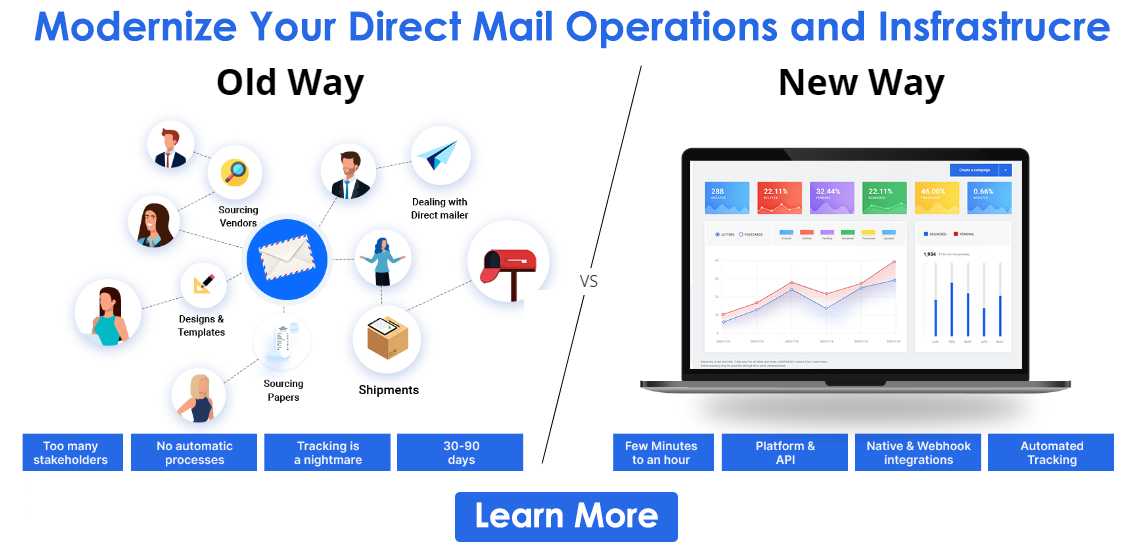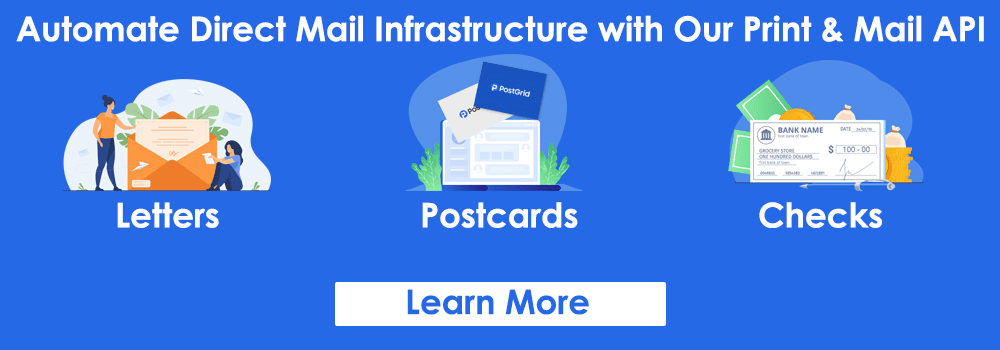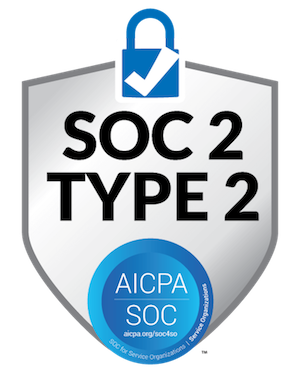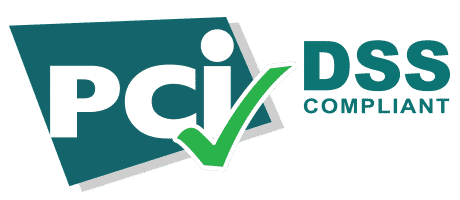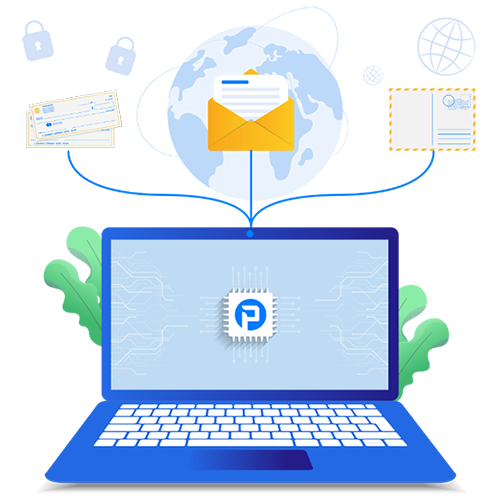
Make Electronic Checks Work: How Do SMEs Use Echeck Payments
In Q2 of 2021, people made 7.3 billion eCheck payments worth $18.4 trillion. Small businesses typically have limited financial resources and tools. Therefore, they require cost-effective solutions to manage their business, particularly in terms of handling payments. Lately, electronic checks or eChecks, have become a low-cost option instead of using traditional payment methods.
But how do electronic checks work? And how do they help businesses save time and resources while making payments?
This blog discusses the meaning of eChecks, how they work, how to implement this payment system, and more. Let us dig in!

Key Takeaways:
- An electronic check, or eCheck, is a digital version of a paper check. A person or business sends the payment online using a secure system instead of manually writing a check.
- Echecks cost less to process than credit card payments. They also move quickly through the ACH network, making payments faster and more affordable.
- You can choose a payment processor to set up an eCheck payment system. Create an account and integrate it into your existing payment workflow.
- PostGrid’s check Print & Mail API allows you to send checks online. Thus, you save time, manual effort, and resources.
What Are Electronic Checks (Echecks): How Do They Differ From Paper Checks?
Before understanding how do digital checks work, let us have some clarity on the subject. Digital checks and eChecks are used interchangeably. They both mean sending check payments online.
An electronic check, also known as an eCheck, is the digital equivalent of a paper check. Instead of writing a check on paper, a person or business sends the payment through the internet. They type in the payer’s bank checking account number, the name of the person or company they are paying, and the payment amount into a secure online system. This way, the payment is processed safely and quickly without the use of paper.
The system processes the eCheck through the Automated Clearing House (ACH) network. This network safely and closely manages electronic payments. It transfers the money from the payer’s bank account to the payee’s bank account.
Before moving ahead with answering how do electronic checks work, firms must learn the difference between ACH, EFT, and eChecks. EFT stands for “Electronic Funds Transfer.” It refers to any transfer of money done electronically. EFT includes many types of transactions, such as:
- Wire transfers
- ACH transactions
- Direct deposits
ACH is a digital system that banks and other financial institutions in the U.S. use to handle and move payments. An eCheck is a type of EFT. It uses the ACH network to send money from one bank account to another.

Why Should SMEs Accept Echeck Payments as the Primary Payment Option?
Save Money on Processing Expenses
Echecks have lower fees than credit card payments. It helps your business spend less on each transaction and save more money over time.
Faster Fund Transfers
Echecks move quickly through the ACH system. Most payments reach your account in one to three business days, depending on your payment provider.
High Payment Security
Echeck payments are very safe to use. They employ robust security measures, including end-to-end encryption and tokenization. They also follow NACHA rules to help prevent fraud and stop unauthorized access.
Better Customer Experience
Echecks make it easy for customers to pay online. They’re a good option for people who don’t use credit cards or prefer to pay directly from their bank accounts. This helps make the payment process smoother for everyone.
How Do Electronic Checks Work for Digital Payments?
Now that you know what eChecks mean, let us move ahead to how do electronic checks work. The process of using eChecks is simple and easy to follow. It includes a few basic steps:
- Authorization: The payer (the person or business sending the money) is the person who can authorize the payment from their checking account. It can happen digitally or over the phone. Authorization is crucial for the process to move ahead for a business or person to get paid.
- Sharing Crucial Information: The payer shares their bank details, including the account number and routing number, to complete the payment.
- Echeck Processing: The eCheck goes through the ACH network. The system moves the money from the payer’s bank checking account to the payee’s (the person or business receiving the money) bank account. Usually, banks follow the standard processing time of one to three business days.
- Confirmation: Both the payer and the payee get a message or notice confirming that the online payment was successful.
The customer needs to submit the same amount of payment information as they would to write traditional checks. The details include:
- Full payee name
- Amount in words and numbers
- Signature
- Bank account number
- Routing number
As a business accepting electronic checks, you need to provide some details about your company, such as:
- Business name, address, and how long you’ve been in operation
- Your bank account information
- Your Federal Tax ID
- The amount and number of transactions you plan to process

Parties Involved in Making Echeck Payments
Echecks typically takes a few days and involves four parties to process the payment:
Originator
The business or person initiating the payment. They ask the bank to send money from their account. The originator enters the payment details and permits the electronic check processing. Once you know how do digital checks work, you can understand how the originator’s authorization makes a massive impact on the transaction.
Originator’s Bank (ODFI)
The bank of the person or business who can send an eCheck. It is also called the Originating Depository Financial Institution (ODFI). The ODFI collects payment requests from customers and sends them in groups (called batches) to the ACH network for processing.
ACH Operator
The ACH operator receives the payment batches from the originator’s bank. It processes the requests and makes sure the money moves correctly between banks. It also handles the settlement, which means it helps transfer the funds to the correct bank accounts.
Client’s Bank (RDFI)
This is the bank of the person making the payment. It is also called the Receiving Depository Financial Institution (RDFI). The RDFI gets the payment request from the ACH operator. It checks if the payer has sufficient funds, deducts the amount from their account, and transfers it to the receiver’s (payee’s) account.
Benefits of Electronic Check Payment Processes for SMEs
Pay Less Processing Fees
One significant benefit of knowing how do electronic checks work is that you can send them at lower processing costs compared to credit cards. Credit card payments typically incur merchant fees. These fees range from 1.5% to 3% of the total amount, plus a fixed fee for each transaction.
Echecks, on the other hand, often charge a flat fee or a lower percentage of the payment amount. For small businesses with tight profit margins, paying lower fees can result in significant savings over time.
Avoid Credit Card Chargebacks
Chargebacks occur when a customer disputes a credit card charge. In many cases, the business has to return the money. Echecks have fewer chargebacks because they move money directly from the payer’s bank account. While chargebacks can still occur with eChecks, they don’t happen as often. With fewer chargebacks, small businesses incur less financial loss and spend less time resolving disputes.
Make Recurring Payments Hassle-Free
Many small businesses rely on recurring payments for services such as subscriptions, memberships, or payment plans. Echecks are a great way to set up these automatic payments. Companies can schedule them easily and don’t need to remind customers each time. It helps keep cash flowing regularly and saves time on manual work.
Quick Echeck Payment Processing
Echecks usually process faster than traditional paper checks, which can take several days to clear. eChecks can clear in just a few days, depending on the bank and payment processor or eCheck merchant account. This means small businesses can receive their money more quickly and maintain a steady cash flow.
Better Security Measures
Paying vendors, employees, suppliers, etc., using eChecks allows you to implement strong security features. These include encryption and authentication to protect data during the transaction. Such a high level of security provides businesses and customers with peace of mind. They can rest assured that their information is protected.
Reduced Admin Burden
Dealing with physical checks typically requires a lot of manual work, such as visiting the bank and updating records manually. Echecks make these tasks easier by handling everything electronically. It reduces the number of manual steps and lowers the likelihood of errors. Learning how do digital checks work allows your staff to focus on productive tasks instead of writing checks all day.
Easy Integrations
Echecks are relatively simple to add to your current payment system. Most banks and payment providers offer easy setup tools that work well with what you already use. It makes the switch to eChecks smooth and hassle-free for your business.
Efficient Record-Keeping
Echeck transactions create a digital record of each payment. This makes it easier for small businesses to track payments and keep accurate records. It also helps simplify accounting and reporting tasks.
Cheaper International Payments
If your small business works with international customers, eChecks can be a budget-friendly way to send and receive payments. They typically offer lower fees for cross-border transactions compared to other payment methods. Thus, you can save money when doing business with customers in different countries.
How Did the ACH System Start Handling Check Payments?
The ACH payment system started in the late 1960s. At that time, people were increasingly using paper checks. Banks and payment companies were worried that the old systems couldn’t handle so many check payments. They needed a more effective way to manage the increasing number of transactions. So, they looked for a faster and more efficient solution.
The ACH system enables merchants to accept paper checks using the payer’s bank routing and account numbers. However, it is crucial to get the customer’s permission and know how do electronic checks work. Hence, businesses could take money straight from the customer’s bank account as soon as they got the paper check. In the 1990s, the ACH network saw many improvements. It started working with digital tools and could now handle both paper checks and eChecks.
Implementing Echecks as Your Payment Method
Setting up eChecks for your business is simple. Follow these steps:
Choose a Reliable Payment Processor
Once you know how do digital checks work, pick a trusted payment processor that supports eCheck payments. Please ensure the provider has experience with small and medium-sized businesses and offers fair pricing and good support.
Set Up Your Account
After choosing a payment processor, create your account with them. You’ll need to share basic details about your business, like your name, address, and how long you’ve been in operation. You’ll also provide your bank account information to receive payments.
Integrate Echecks Into Your Existing Payment Workflow
Your payment processor will usually provide software or plugins for setup. You can connect these tools to your current payment system, so you can start accepting eChecks without much effort.
Provide Adequate Training to Your Staff
Your team must learn how to handle eCheck payments and answer customer questions. Give them training on how eChecks work, their benefits, and how to fix common problems. It helps everything run smoothly and keeps customers satisfied.
Update Your Customers
Tell your customers that you now send eCheck payments. Provide them with simple, clear instructions to accept payments in a new way.
Transfer Confirmation
To automatically withdraw money from the customer’s account, just send the payment details to the ACH network. Once the transfer is confirmed, the funds typically reach the payee’s account within three to five business days. Please note that eChecks aren’t processed on weekends. This timing can depend on the bank and payment processor.
If the money doesn’t arrive within the expected time, contact your payment processor or bank. Ask them to check the payment status and look into any possible problems. They can help identify what went wrong and guide you on the next steps. Businesses must know how do electronic checks work to ensure everything is on the right track.
Sending Checks Online Using PostGrid Check Print & Mail Solution
Echecks are an excellent way to send payments online. Another way to digitally send checks is using PostGrid’s Print & Mail solution. Once you create an account and choose a package, you can start placing your orders. It lets you create a check online where you can add all the payee details. Then, you can add the recipient mailing address and select the USPS shipping option.
Additionally, you have other options, such as adding a letter and selecting extra services, including Certified and Registered Mail. Hence, you can handle everything on your device, and there is no need to write and send checks manually. PostGrid ensures your checks have the MICR line and other security features, like watermarks and microprinting.
Sign up here to learn more about sending checks online using PostGrid!
FAQs
Are Echecks Suitable for Recurring Payments?
Yes, eChecks work well for recurring payments. Businesses can schedule automatic payments, which saves time and ensures timely payments without manual effort.
Are Digital Checks and Echecks the Same?
Though digital and echecks are not the same, many businesses use the terms interchangeably. Digital checks include echecks and the checks you send via an automated Print & Mail system. Hence, it has a wide coverage. Echecks are a type of digital payment method.
Can You Set Up a System to Send Checks Online Using PostGrid?
Yes, you can use PostGrid’s check Print & Mail API to design, print, and ship checks to the intended payees. The setup is simple and quick. You can integrate the API into your existing platform to automatically fetch details and write the checks.


